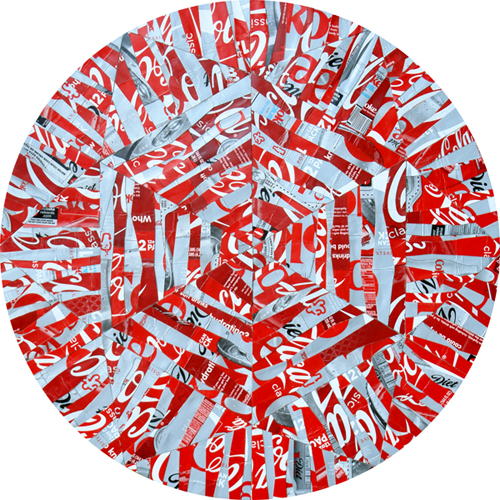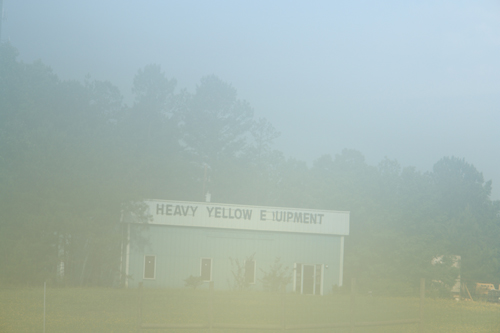the speech of the gods
“All ancient [writing] systems . . . hold one idea in common: writing is divine, inherently holy, with powers to teach the highest mysteries; writing is the speech of the gods, the ideal form of beauty. The Egyptians were taught writing by Toth, the scribe of the gods, and named their script ‘the divine’; Jehovah engraved the letters with his fingers when he gave the Commandments to the Hebrews; the Assyrian god Nebo revealed the nature of cuneiform to his people; Cangjie, the four-eyed dragon-faced wizard, modeled the Chinese characters after the movements of the stars, the footprints of birds, and other patterns that occurred in nature; and in India the supreme god Brahma himself gave knowledge of letters to men.”
—John Stevens, Sacred Calligraphy of the East, third edition, 1995.
Write it large and in slow motion
“Write it large and in slow motion staring at the line. Watch the line. Pretend it is alive and you are just watching it.”
—Lynda Barry, What It Is, 2008.
an original line in the shape of an S
“I have found that writing by hand slowly is faster than a computer-way of doing it, though I know it’s not easy the way a computer is easy. Tapping a finger is not as complicated as making an original line in the shape of an S. Different parts of the brain are used when we make an S by hand and more of the body than a finger tap and images seem to come from this kind of being in motion. . . . Hand writing is an image left by a living being in motion. . . .”
—Lynda Barry, What It Is, 2008.
you are paying no attention at all
“Keep in mind as you read these words that you are paying no attention at all to the letters of the alphabet.”
—Lynda Barry, a typeset snippet in a collage from What It Is, 2008.
The Real Thing

mauve, indigo and pale blue
“He woke up the next day with a feeling of incomprehensible excitement. The April morning was bright and windy and the wooden street pavements had a violet sheen; above the street near Palace Arch an enormous red-blue-white flag swelled elastically, the sky showing through it in three different tints: mauve, indigo and pale blue.”
—Vladimir Nabokov, The Defense, 1964.
the chessboards did not disappear immediately
“He experienced a keen sense of happiness that she had been there to see him win and he waited avidly for the chessboards and all these noisy people to disappear in order the sooner to caress her. But the chessboards did not disappear immediately, and even when the bright dining room appeared together with its huge brassy bright samovar, indistinct regular squares showed through the white tablecloth and similar squares—chocolate and cream ones—were indubitably there on the frosted cake.”
—Vladimir Nabokov, The Defense, 1964. ‘He’ is a chess champion, quite obsessed with the game.
the green dragon and comforter
“(And why not, she reasoned, these troubled times knock one off balance so no wonder our Russian lads turn to drink, the green dragon and comforter, from time to time. . . .)”
—Vladimir Nabokov, The Defense, 1964.
HEAVY YELLOW EQUIPMENT

strange colored lamps
“All through their girlhood [Celia] had felt that she could act on her sister by a word judiciously placed—by opening a little window for the daylight of her own understanding to enter among the strange colored lamps by which Dodo habitually saw.”
—George Eliot, Middlemarch, 1871-72.